Supreme quality Tanba matcha tea bowl by Shinsui Ichino
Supreme quality Tanba matcha tea bowl by Shinsui Ichino
Couldn't load pickup availability
Tanba tea bowl - Shinsui Ichino
1. The clay surface reflects the "origins" of Tamba ware
The rough clay from Tanba, carefully selected by Shinsui Ichino, is kneaded while leaving the granite grains and iron intact. As a result, the surface of the vessel is covered with tiny quartz grains that sparkle like stardust, and the iron spots add a rustic accent. The deep purple color and pale ochre gradation of the clay itself quietly speaks of the beauty of wabi, without relying on glazes.
2. The scenery of "yakihen" created by the flames of a wood-fired kiln
The white-gray granular texture that spreads across the bottom of the body is evidence that ashes from the firewood that was burned in the climbing kiln for more than three days and nights naturally fell and accumulated, melting and becoming vitreous. Olive-colored ash glaze flows viscously around the rim, forming pools here and there that give it a glossy finish. Because the flow of the flame and the way the ash falls are different for each piece, no two pieces have the same texture.
3. A neat design that embodies the concept of wabi-sabi
The slightly narrowed body and gently flared rim create a shape similar to that of a tub, allowing the matcha to bubble richly and creating a beautiful appearance from the customer's perspective. After being shaped on the potter's wheel, the slight wobble left by the fingertips creates a gentle rhythm when held in the hand, and the design makes it less tiring to hold even after long hours of practice.
4. The unique individuality of seashells
The small circular depressions that remain on the sides of the foot are traces of clam shells that supported the vessel during firing - "shell marks". When ash melts into these marks, a pale dark brown ring is created, highlighting the individuality of the piece, like a signature imprinted by nature. Shell marks have been called "the handprint of the kiln god" since ancient times, and have been highly valued as a once-in-a-lifetime sight.
5. Functional beauty that stands out at tea ceremonies
Matcha color : The rustic earthenware and ash glaze bring out the vibrant green of the brewed matcha.
Easy to hold : The slight unevenness of the body provides a good grip for your fingers, making it easy to handle even hot bowls.
Seasonal adaptability : The diameter is not too wide and it has excellent heat retention, so it can be used during both the hearth season and the furo season.
6. The joy of growing it for a long time
When using for the first time, rinse lightly with water to moisten the surface of the vessel before serving.
After use, rinse quickly with lukewarm water, wipe off any excess water with a soft cloth, and then dry thoroughly in the shade.
Enjoy the changes that occur over time as the tea stains and hot water ingredients slowly seep into the clay, giving it a moist, deep color.
A unique scene created by the clay that embodies the spirit of wabi-sabi and the flames of the climbing kiln. Ichino Shinsui's Tamba tea bowl brings a quiet sense of tension and warmth to the tea ceremony, transforming a cup of matcha into a special moment. Please keep it in your hands for many years to come and enjoy the "Tamba scenery" that deepens with the years.
History of pottery making
- 1957: Born in Tachikui, Tanba as the eldest son of the first Shinsui
- 1980: Started making pottery in Tachikui, Tamba. Selected for the Prefectural Exhibition.
- 1983: Received the Cultural Association Award at the Prefectural Crafts and Arts Exhibition
- 1984: Received the Association Award at the Prefectural Crafts and Arts Exhibition and became a member of the Prefectural Crafts and Arts Artists Association.
- 1985: Selected for the All Kansai Art Exhibition
- 1986: Selected for the Japan Crafts Association Kinki Exhibition
- 1989: Selected for the Tea Ceremony Art Exhibition, Osaka Takashimaya Two-person Exhibition, Japan Traditional Crafts Exhibition for the first time, Toyota Sogo Three-person Exhibition
- 1990: Selected for the Japan Traditional Crafts Exhibition
- 1991: Selected for the Tea Ceremony Art Exhibition, Osaka Takashimaya Two-person Exhibition, Prefectural Crafts and Arts Exhibition, Kobe Shimbun Grand Prize
- 1992: Selected for the Ikebukuro Seibu Horaikai Exhibition, the Tea Ceremony Art Exhibition, and the Japanese Traditional Crafts Exhibition
- 1993: Selected for the Tea Ceremony Art Exhibition, Selected for the Japan Traditional Crafts Exhibition, Certified as a full member of the Japan Crafts Association, Received the Kobe Shimbun Grand Prize at the Prefectural Crafts and Arts Exhibition
- 1995: Solo exhibition at Osaka Takashimaya, selected for the Tea Ceremony Art Exhibition, selected for the Japanese Traditional Crafts Exhibition
- 1996: Selected for Gallery Kurimoto solo exhibition and the Japan Traditional Crafts Exhibition
- 1997: Solo exhibition at Osaka Takashimaya, selected for the Exhibition of Tea Ceremony Art, solo exhibition at Mito Keisei Department Store, solo exhibition at Gallery Eikosha
- 1998: Solo exhibition at Gallery Kurimoto, selected for the Exhibition of Tea Ceremony Art, solo exhibition at Daikokuya, solo exhibition at Osaka Takashimaya
- 1999: Selected for the Tea Ceremony Art Exhibition, Toyoda Sogo solo exhibition
- 2000: Selected for the Tea Ceremony Art Exhibition
- 2001: Selected for the Tea Ceremony Art Exhibition, and the 16th Japan Ceramic Art Exhibition "Tanba Tea Caddy"
- 2002: Changed his name from Katsuaki to the second generation "Ichino Shinsui", was selected for the Exhibition of Tea Ceremony Forms, and held the Ichino Shinsui Succession Exhibition at Osaka Takashimaya and JR Nagoya Takashimaya
- 2003: Selected for the Tea Ceremony Art Exhibition, Japanese Ceramic Art Exhibition, Japanese Traditional Crafts Exhibition, solo exhibition at Yonago Takashimaya, Gallery Momoyama, and Kobe Daimaru
- 2004: Solo exhibition at Houeidou, solo exhibition at JR Nagoya Takashimaya
- 2005: Selected for the Tea Ceremony Art Exhibition, Selected for the Japanese Ceramic Art Exhibition, Solo Exhibition at Gallery Kurimoto, Solo Exhibition at Kyoto Takashimaya
- 2006: Solo exhibition at Yonago Takashimaya, Osaka Takashimaya, Shimonoseki Daimaru, Gallery Tsuboya
- 2007: Exhibited ceramics from Hyogo, selected for the Japan Traditional Crafts Exhibition, solo exhibition at JR Nagoya Takashimaya
- 2008: Selected for the Japan Traditional Crafts Exhibition, Gallery Kurimoto solo exhibition
- 2009: Solo exhibition at Osaka Takashimaya and Yonago Takashimaya
- 2011: Selected for the Japan Traditional Crafts Exhibition
- 2014: Selected for the Japan Traditional Crafts Kinki Exhibition
- 2015: Selected for the Japan Traditional Crafts Kinki Exhibition and the Japan Traditional Crafts Exhibition
- 2016: Selected for the Japan Traditional Crafts Kinki Exhibition and the Japan Traditional Crafts Exhibition
- 2017: Selected for the Japan Traditional Crafts Exhibition
- 2018: Selected for the Japan Traditional Crafts Exhibition
- Reiwa 4: Selected for the Japan Traditional Crafts Exhibition
Share
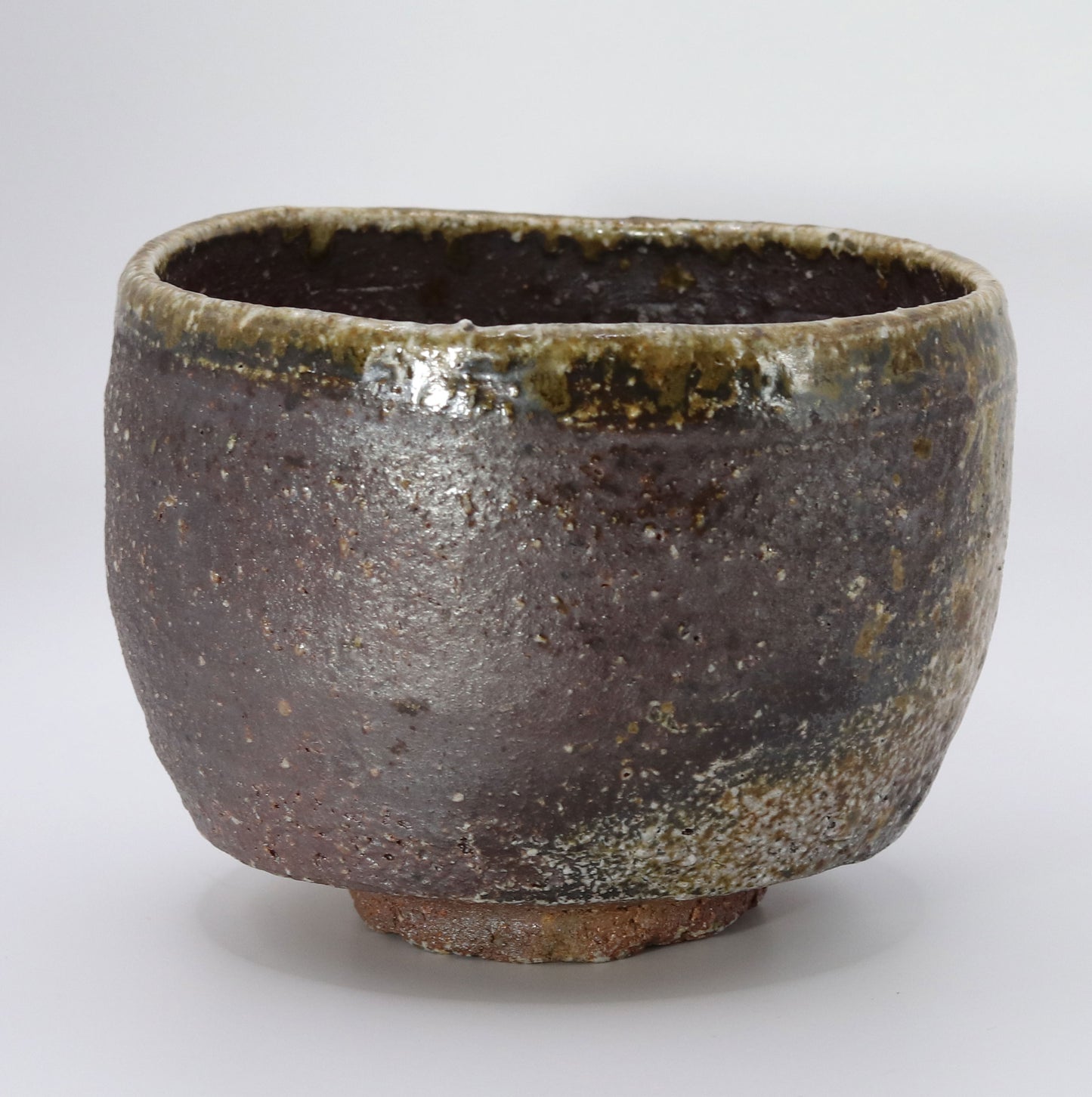
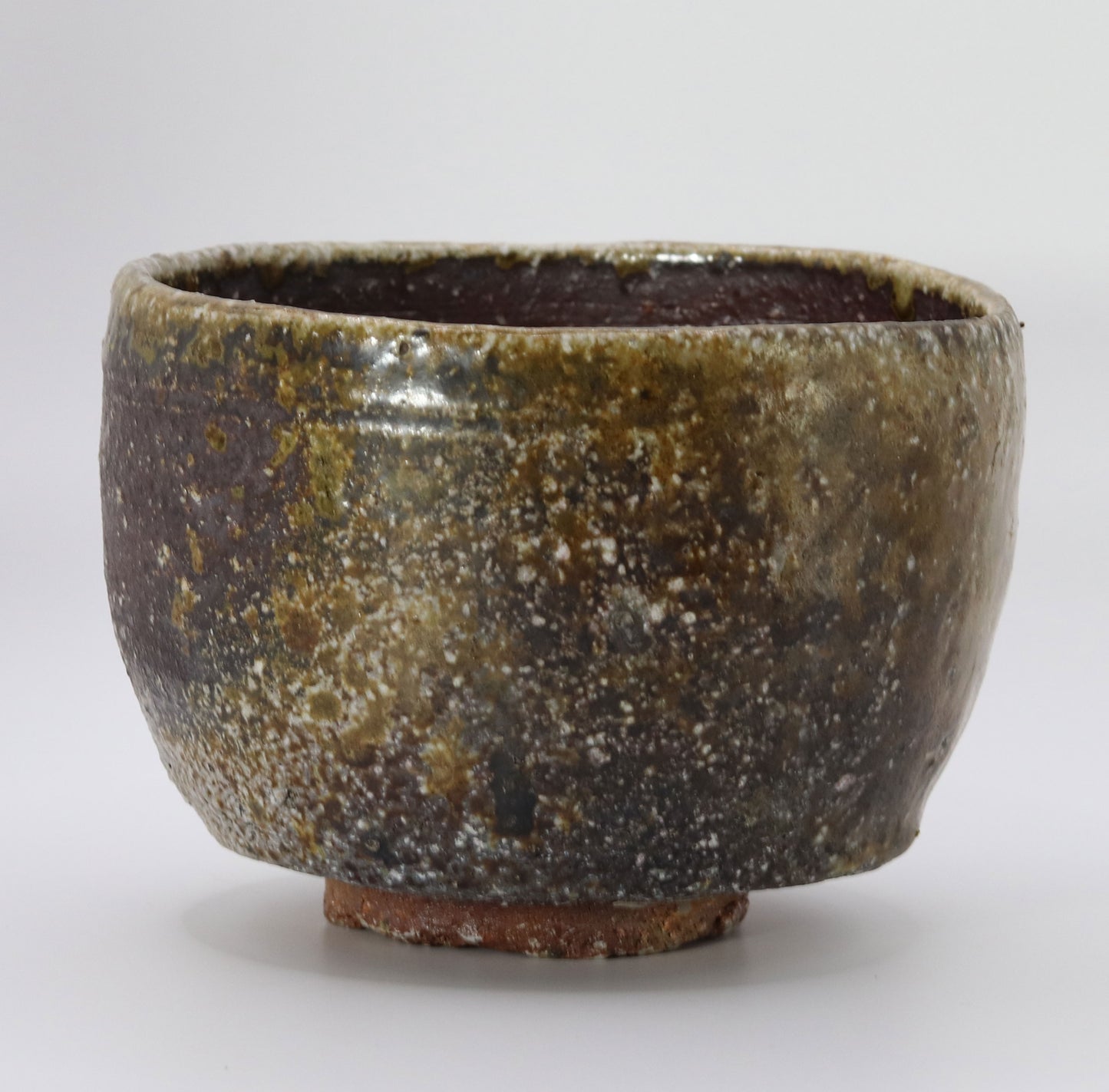
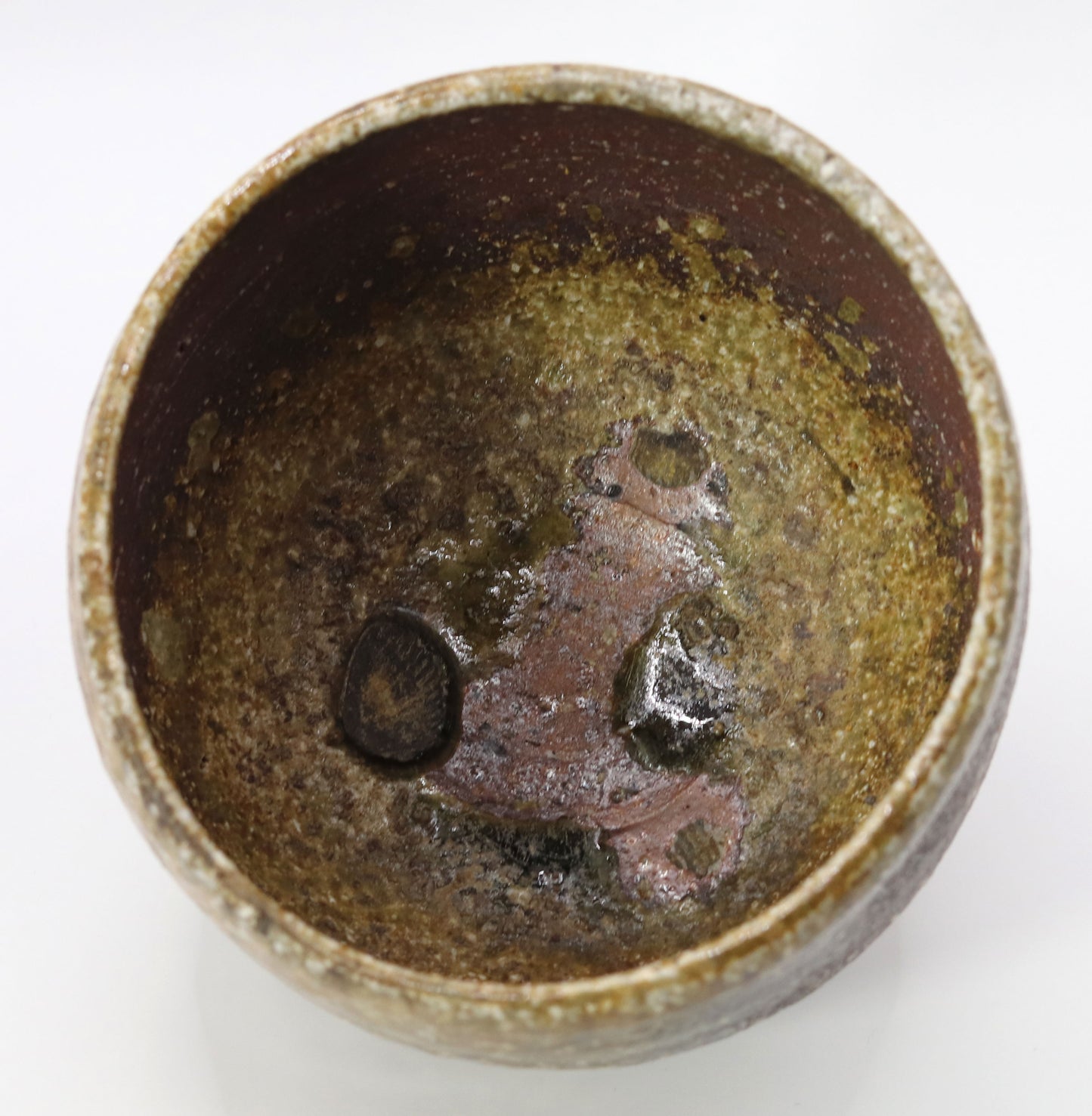
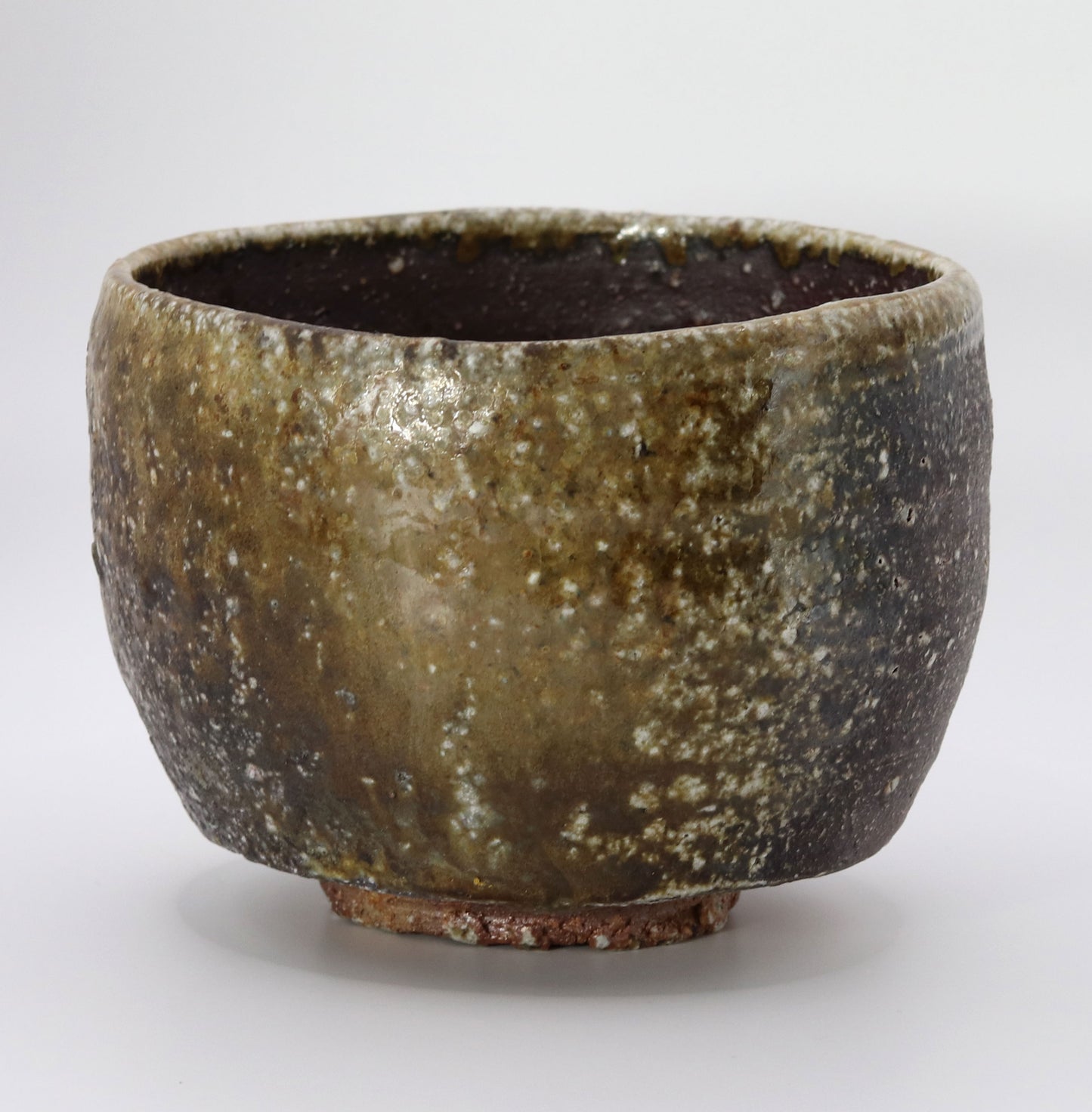
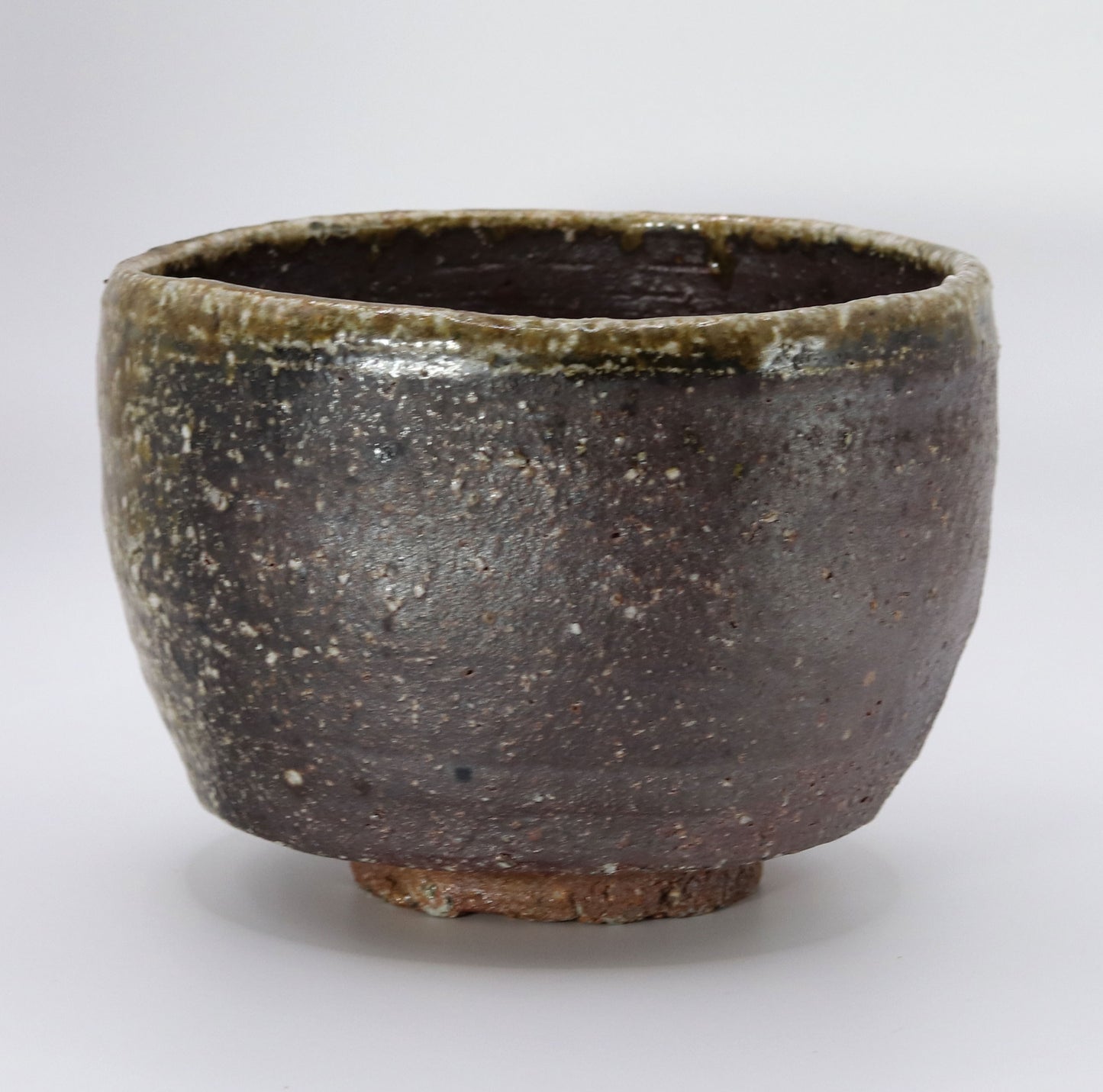
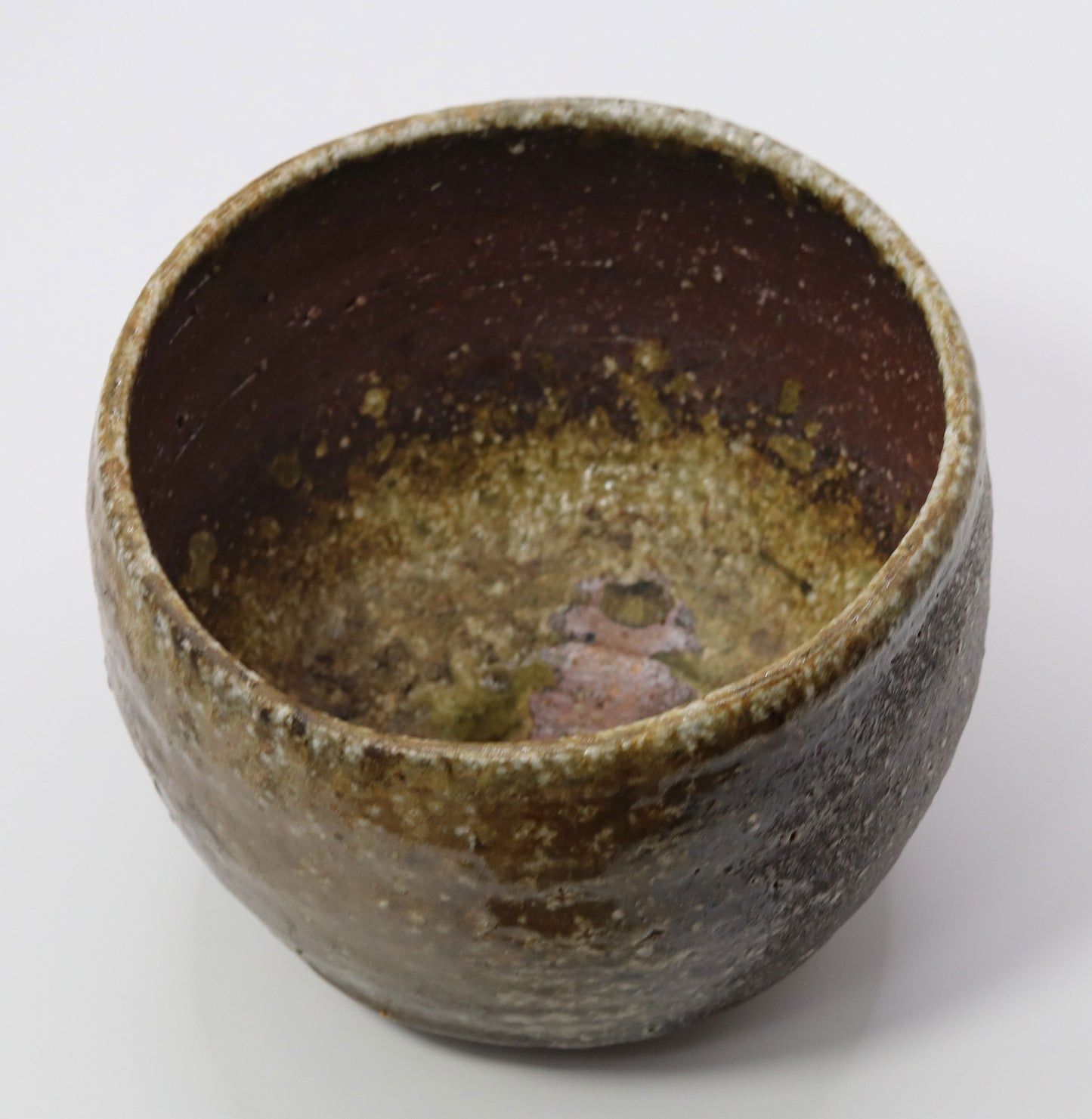


Multi-Column
-
[I will send it to you quickly and carefully]
We carefully package each product in a way that suits it best.
Also, delivery times vary depending on the piece (vessel, etc.).
Items that already come with a box will be shipped within 1-3 days of the order date.
For items that require a box to be made after your order, it will take approximately 30 days for production to be completed and then shipped.
In either case, once we have confirmed your order, we will contact you by email to inform you of the delivery date.
-
[Requests when purchasing pottery]
Even products that look the same may differ slightly in color, shape, size, etc.
The way the glaze is used, the power of the kiln, the firing method, the season, and the humidity also affect the appearance of the pottery.
Please understand the individuality of each piece of pottery and enjoy the unique warmth of handmade.








